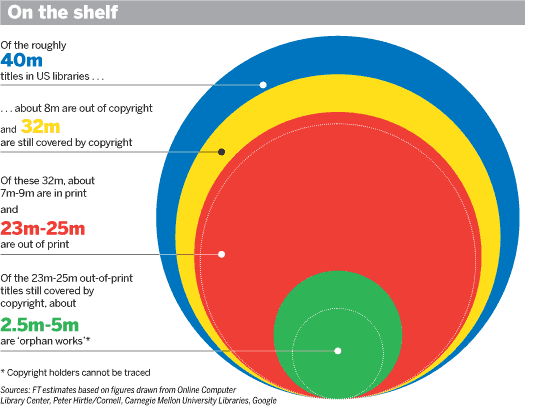I am a big fan of mild civil disobedience when it comes to some of the rules we have to deal with when operating a public library. There’s often a balance between being full protectors of copyright and providing optimal access to patrons. Some of the hoops we have to jump through can seem ridiculous and I am in favor of trying to push the envelope in many directions. That said, it’s been really interesting to me watching the general debate on libraries using Netflix to supplement their collection. I think it started with this Tame the Web guest post and the Chronicle of Higher Ed article. Then it moved to analysis by Read Write Web and then over to big media site Fast Company with the smallest of blurbs.
It was picked up by a ton of library bloggers. I was fond of Meredith’s “what were they thinking” post which has some interesting comments, most notably the comments by a few librarians that they contacted Netflix directly about their intended use and got either explicit or tacit approval.
Since Netflix does not have a way to amend the agreement in writing prior to starting the service, we contacted them through their published channels and explained our intentions for our service. We indicated which parts of the ToS we thought we would be violating (â€personal useâ€). We indicated that we would stop our service as soon as we heard from them that they would not abide by our intention in using their service.
Further down there’s a comment from someone who may be (or have been) a Netflix employee saying that the Netflix official policy is that this is a Terms of Service violation but that the actual policy is “basically a don’t-ask-don’t-tell policy. We were told if asked about the idea of a library lending Netflix discs to tell the caller that it was against the terms of use and they should contact their legal department.”
The big issue is that Netflix is responsible to their main customers, the studios, so need to be keeping up appearances. So, that’s curious. Strict rule abiders don’t use Netflix, rule benders sometimes do. I see this again as a repeat of libraries testing the waters with Kindle lending. Officially against the rules. Okayed specifically by the business from time to time. Still railed against by other people. How do you decide which side of the line to come down on?
